Rhythmic Gymnastics
Program Overview

exploring
RHYTHMIC GYMNASTICS PROGRAMS
At Rhythmic Gemstones , we offer several tailored Rhythmic gymnastics Programs designed to inspire athletes at every level.
Beginner Programs introduce young gymnasts to the magic of ribbons, balls, ropes, and hoops in a fun, skill-building environment.
Performance Programs offer advanced training, competition preparation, and thrilling performance opportunities to refine technique and teamwork.
Special Olympics Programs create an inclusive space where athletes of all abilities thrive through adapted routines, personalized coaching, and a joyful, supportive community.
Whether you’re taking your first steps or mastering complex routines, our programs nurture growth, confidence, and a love for the sport.
BEGINNER PROGRAM
These programs introduce young athletes to the basics of rhythmic gymnastics, focusing on foundational skills and apparatus techniques. They emphasize fun and learning.
PERFORMANCE PROGRAM
Designed for more advanced athletes, these programs refine skills through rigorous training and preparation for community and gala events. They require a higher level of commitment and practice.
SPECIAL OLYMPICS PROGRAM
Tailored for athletes with intellectual disabilities, these programs promote physical fitness and joy through adapted routines. They foster a supportive environment, encouraging participation and community building.
WE HAVE Answers
RHYTHMIC GYMNASTICS Q&A
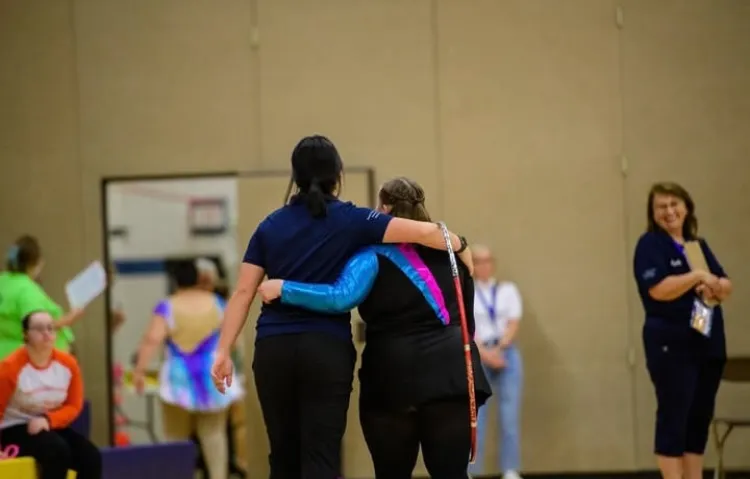
Flexibility Gains Are Dramatic in Rhythmic Gymnastics programs
Rhythmic gymnasts aged 8–17 years show significant improvements in flexibility, particularly in hip and shoulder flexion, after just six months of training. This flexibility training is crucial for enhancing range of motion and overall physical fitness.
The Importance of Physical Fitness Parameters in Rhythmic Gymnastics
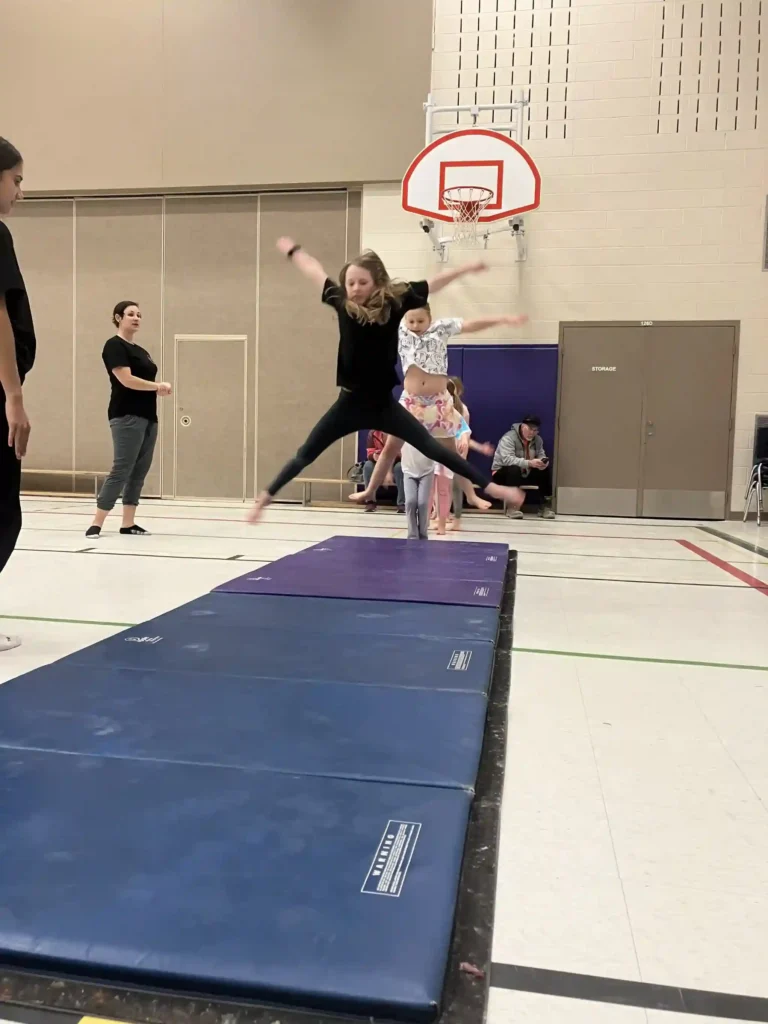
Injury Prevention Insights
While injuries are common in elite rhythmic gymnastics, studies suggest that increasing daily stretching time can reduce muscle-tendon unit injuries by about 10% per minute. However, conditioning hours should be limited to prevent fractures.
Injuries and Training Recommendations in Elite Rhythmic Gymnastics
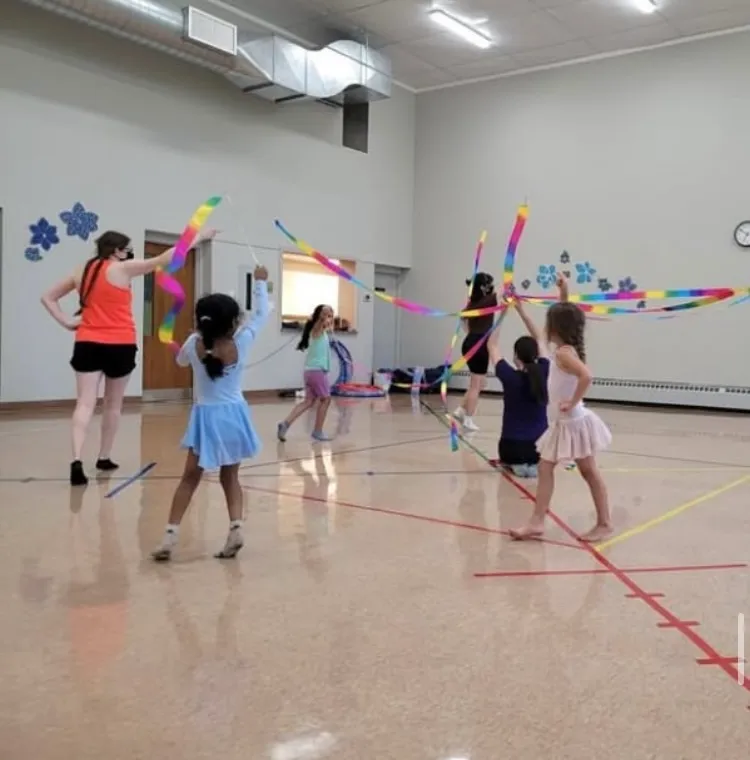
Injury Survey Findings
A study on sub-elite rhythmic gymnasts highlighted the importance of injury prevention strategies. Understanding common injury patterns can help coaches and trainers develop more effective safety protocols for their athletes.
Injury Survey in Competitive Sub-Elite Rhythmic Gymnasts
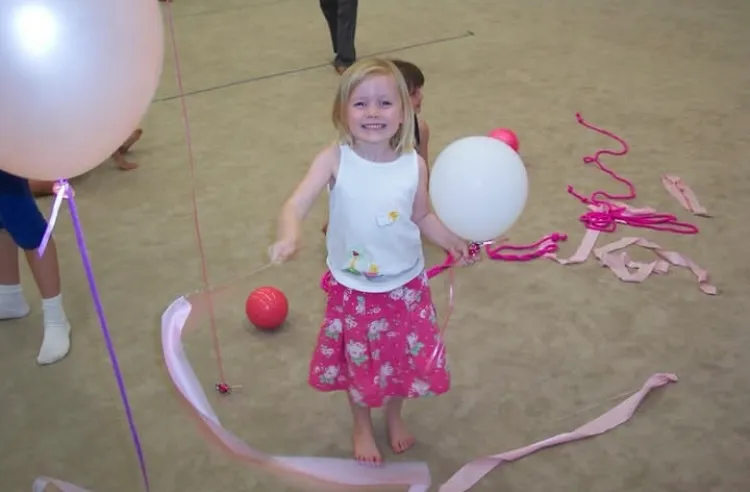
Engaging Young Gymnasts
For beginner rhythmic gymnasts aged 5-6, using game-like stretching exercises can significantly improve flexibility while keeping the training sessions engaging and fun. These methods have been shown to increase interest and participation in training.
Flexibility Focused Stretching Games for Beginner Rhythmic Gymnasts
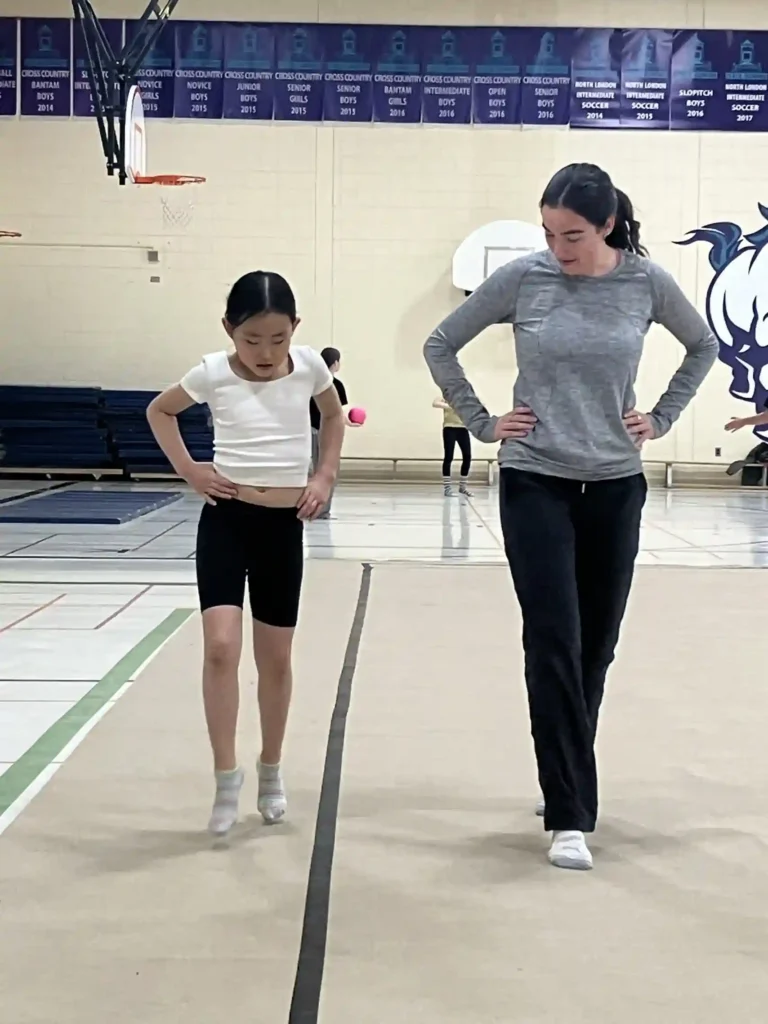
Power and Performance in Rhythmic Gymnastics programs
Rhythmic gymnastics-based training can enhance power and performance by focusing on specific exercises that improve strength and flexibility. This is crucial for competitive gymnasts looking to improve their skills and reduce injury risk.
The Effect of a Rhythmic Gymnastics-Based Power Training
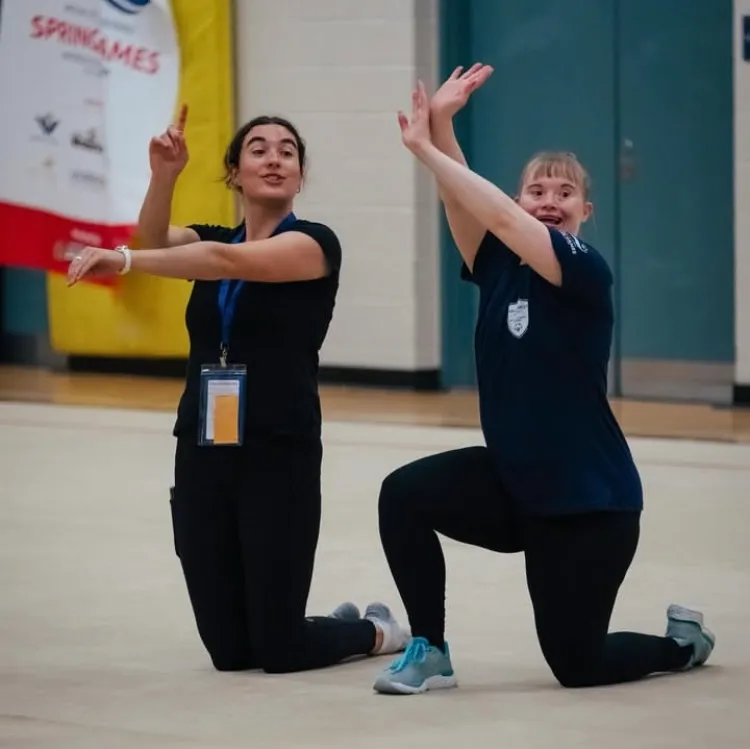
How do rhythmic gymnastics programs support mental health?
Rhythmic gymnastics offers a unique combination of physical activity and artistic expression that can significantly support mental health and emotional well-being. By engaging in rhythmic movements synchronized with music, athletes develop concentration, emotional regulation, and self-discipline.
Case Study on the Impact of Rhythmic Gymnastics on Adolescent Well-being
good news!
Our Open House is Coming Up
Drop in for a free open house session to meet the team and get your athlete acquainted with our programs and the sport of rhythmic gymnastics.
